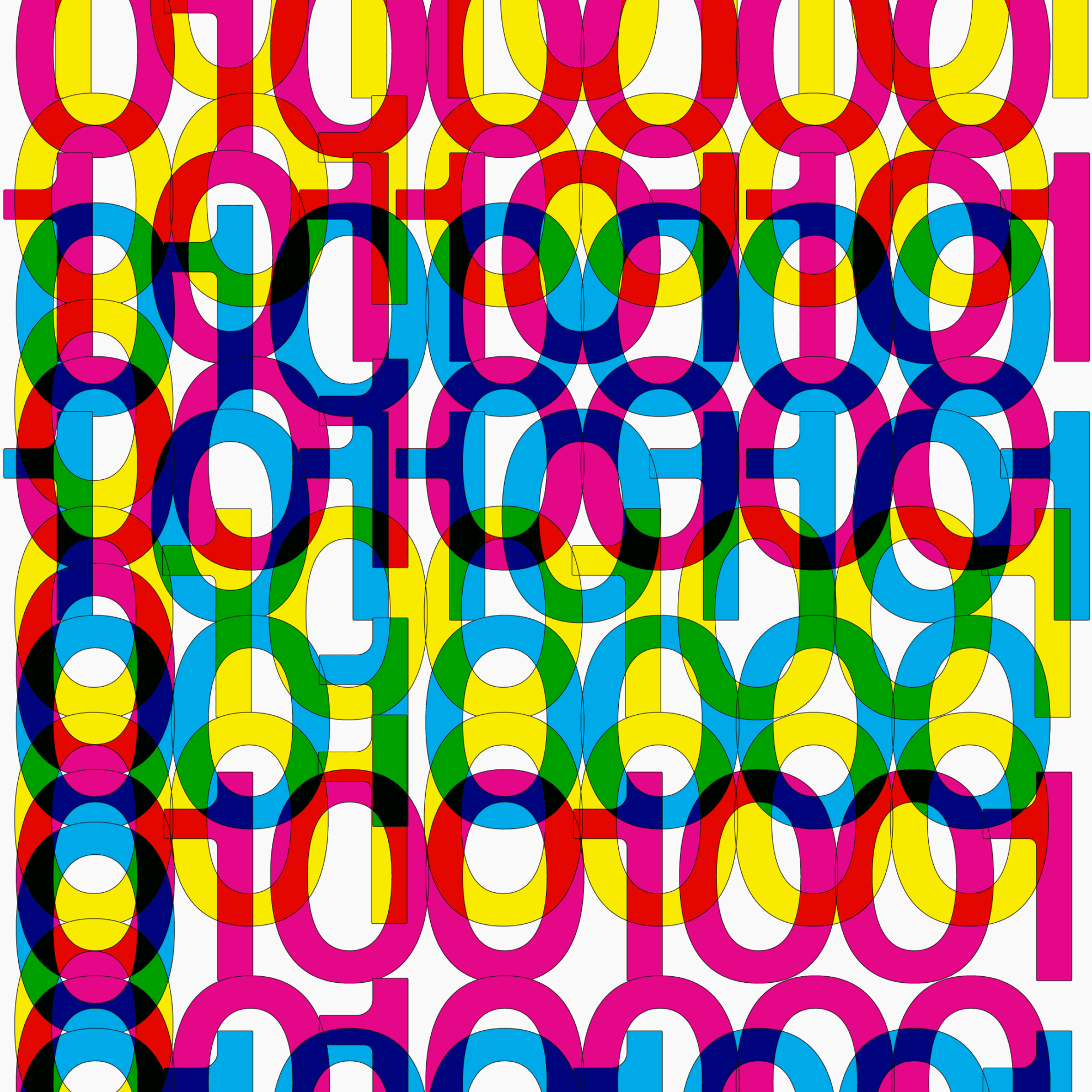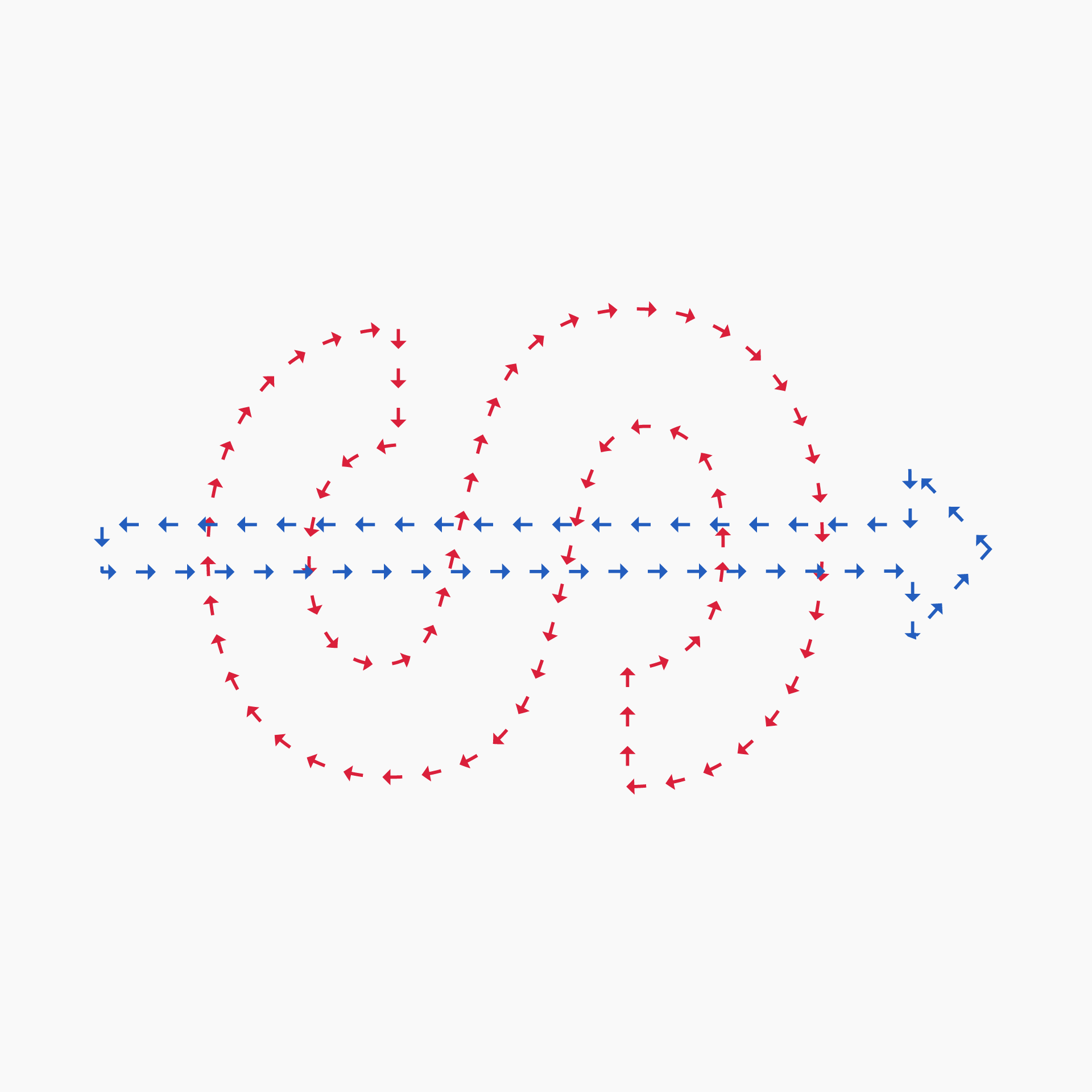Imagine a bygone era when horse-drawn carriages were the only mode of transportation. Antiquated tools called “buggy whips” were essential to steer the horses and increase speed. As automobiles took over, the demand for these whips collapsed. This business failure was illustrated in a seminal article in “The Harvard Business Review” 50 years later.
In 1960, Harvard professor Theodore Levitt wrote an analysis of industries that failed to adapt to technology. The business of buggy whips became what would eventually become a type of “meme.” His article was “Marketing Myopia” and it became a classic. Insightfully, Levitt suggested that businesses should concentrate on their customers’ needs, not on specific products. “If only the buggy whip makers had thought of themselves as being in the personal transportation business, providing a stimulant or catalyst to an energy source,” he wrote, “they might have survived into the automotive era.”
The spectacular growth of Artificial Intelligence (AI), particularly as it enables print management, has made avoiding this “Buggy Whip Mentality” important again.
What This Means for You — If you manage the planning and execution of print, packaging and promotional materials, the optimization of print and packaging workflows through AI technology is affecting your brand. To learn how, put down the buggy whip and step on the gas!
Fast Forward
In 2024, generative AI has created a technological explosion of innovation that is changing the way we live and work. Unfortunately, many traditional printing companies suffer from that pesky “Buggy Whip Mentality.” “I believe traditional print service companies might face greater challenges in leveraging AI effectively due to factors like limited data availability,” noted Joe Miller, president of Flyleaf Print, a full-service print management company. Miller suggested that the revenue numbers are probably too small to make AI cost-effective for numerous traditional printers, if not the majority. Plus, many in the print service industry have yet to embrace digital print solutions, much less harness the power of AI.
Miller has many years of experience in the print industry and was able to identify what printing services directly fill a target customer’s needs. This might include print categories such as packaging and labels or complimentary services such as warehousing and logistics. “From day one, Flyleaf Print set out to build our business more like an information company,” he said. “Instead of focusing on just one sector of the industry, we’ve built up a wealth of data in a digital environment that we tap into to streamline our clients’ project effectively.”
Where the Rubber Meets the Road
AI’s ability to automate repetitive tasks frees up creative professionals to focus on design and can lead to more inventive and engaging print materials. It puts them in the “driver’s seat.” According to a recent article on CNBC, “learning how to prompt AI still requires an extensive knowledge of image making and a lot of hours. It’s at this intersection between machine learning and human creativity that AI is at its best.”
“I think this CNBC piece is great,” Miller said. “From my perspective, AI is like any other powerful tool—you need skilled professionals to manage it and refine the responses. “While we’ve long been fans of SaaS products, we hold firm to the belief that having experts to manage the bundle of tasks that occur on each project adds tremendous value. With the ever-expanding number of marketing channels, many companies find hiring a print expert or buyer to be a luxury they can’t afford. I believe clients want and need managed print services to guide their projects from inception to completion.”
Engaging the Entire Value Chain
Many traditional print service companies operate one or two facilities and own lots of assets and equipment. Flyleaf takes a different approach. “Our approach is heavily driven by our system and software,” Miller explained. “When we started Flyleaf, one of our key objectives was to digitize as much of the process as possible, with a goal to improve collaboration, transparency, and efficiency. We’ve recently modified our development team because we needed a team better able to integrate AI to impact the entire value chain, not just the print service supply chain. We have always thought of technology as a vital tool to assist our team and clients in managing the many changes that occur throughout the project lifecycle.”
The innovative Flyleaf model provides optimization and decision intelligence at every stage of print management. This includes:
- Designing packaging that protects the product while reducing waste.
- Using AI to fine-tune specifications through raw material optimization, focusing on paper usage and pricing.
- Employing AI analytics to enable clients to understand the cost difference and then make an informed decision.
- Leveraging AI to identify solutions that enhance production efficiency and tailored to individual client specifications.
- With each project, asking relevant questions, preparing samples and prototypes, and making informed assumptions that point to the best path to success. With AI, these assumptions are based on data, analytics, and predictive patterns.
- Employing “Logistic Network Optimization” which is AI-informed and based on the location of the print facility, the ability to understand trucking lanes, carrier rates, and other factors.
The Bottom Line: AI-driven print management can impart value across the end-to-end process, from the idea to the consumer’s doorstep.
The Road to Sustainability

An AI interface can also have a positive impact on the environment by reducing waste and using sustainable packaging materials. “Operationally, if AI can reduce waste by even a small percentage through predictive maintenance, then the whole project improves,” Miller said. “Sustainability is top of mind in terms of materials and recyclability, but package optimization for size, materials, and product production will reduce damage, returns, and logistical impact.”
The Big Takeaway — AI analyzes the environmental impact of waste reduction and different materials, recommending greener choices.
Picking up the Slack
By leveraging AI, the customer experience is wildly different from a traditional small business print service. “In our plans for the coming year, Flyleaf will incorporate Slack in our platform as many of the emerging brands we collaborate with employ that app,” Miller explained. “Our ‘roadmap’ has Slack to help us efficiently message directly from Flyleaf’s system to our client’s Slack channel.
“Our plans for integrating Slack will enable us to use AI bots for proactive updates on our clients’ Slack channels. These updates will include FedEx Freight tracking, production updates, price quotes or proof approvals.” Miller elaborates, “Our clients ask about a wide range of topics, from preparing print-ready files and using QR codes, to more strategic questions regarding scaling production. We envision our AI assistants pulling answers from our system for simpler queries and assisting us in navigating through the options for more complex questions. “In Flyleaf’s system platform, clients won’t have to log in or email; they’ll just ask an AI assistant to get them the information that they need. There are countless opportunities to expand our system, all aimed at enhancing the client experience and streamlining operations.
Why this is important — Print management clients want a consistent, no-friction experience and a consistent voice.

An Idea Whose Time Has Come
It was Victor Hugo who said, “Nothing is more powerful than an idea whose time has come.” This quote is particularly applicable when it comes to the way that AI is revolutionizing printing management. Our organization has a technology infrastructure that enables us to embrace AI in all aspects,” Miller concluded. “Our basic premise is that when we solve the information challenge—specifications, timelines, budgets, distribution lists, marketplace capabilities, and artwork versioning—then print production will be simple.”
As Flyleaf clients have learned, simple is good.


